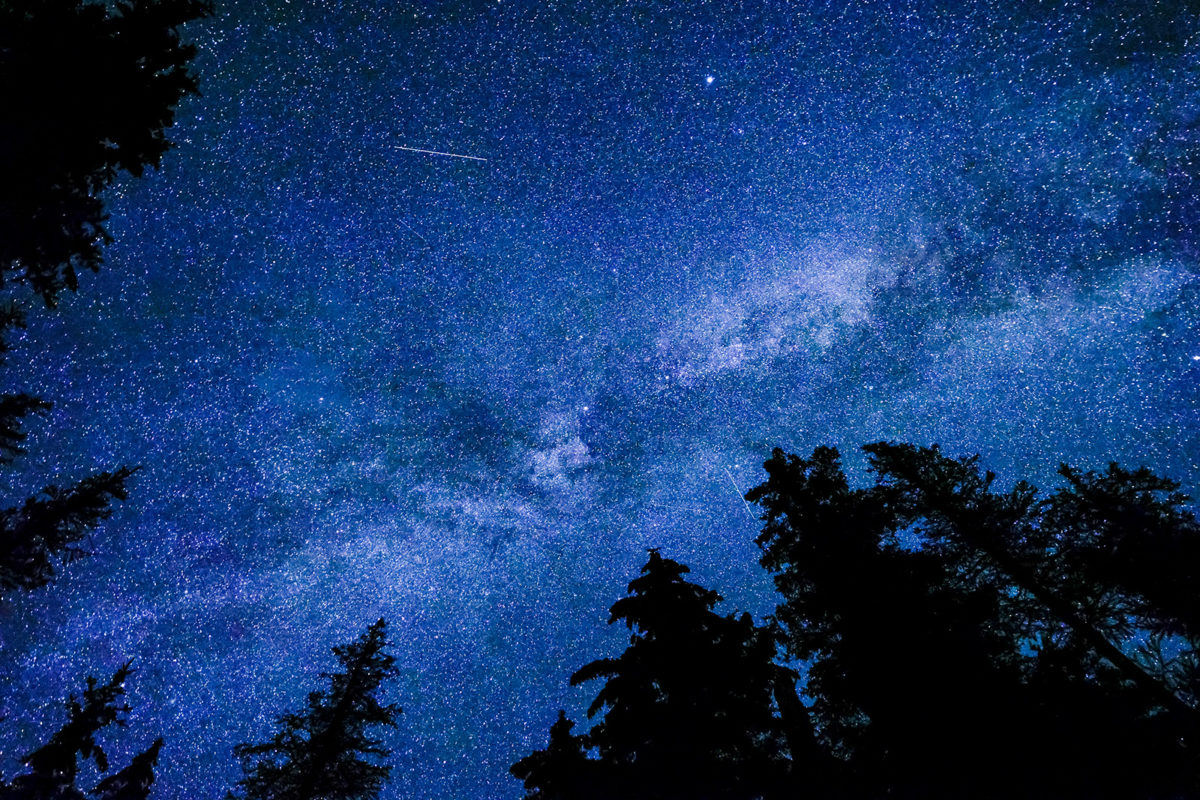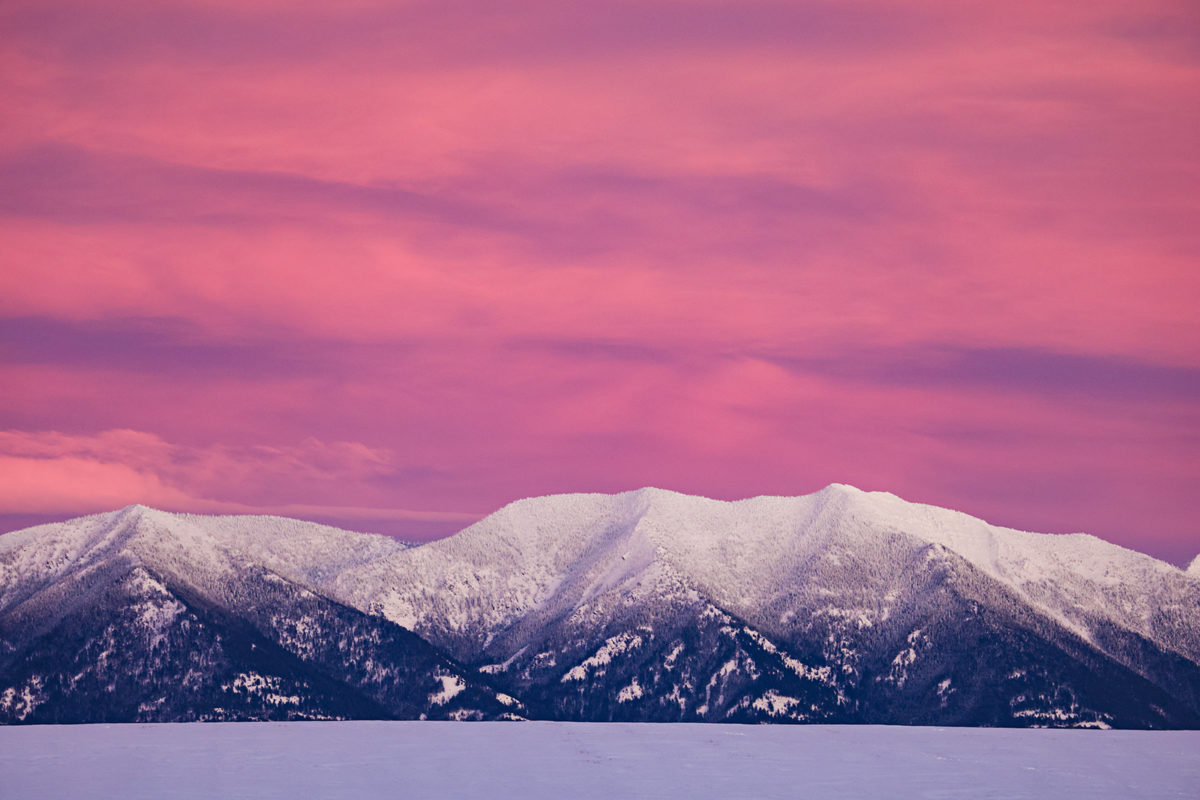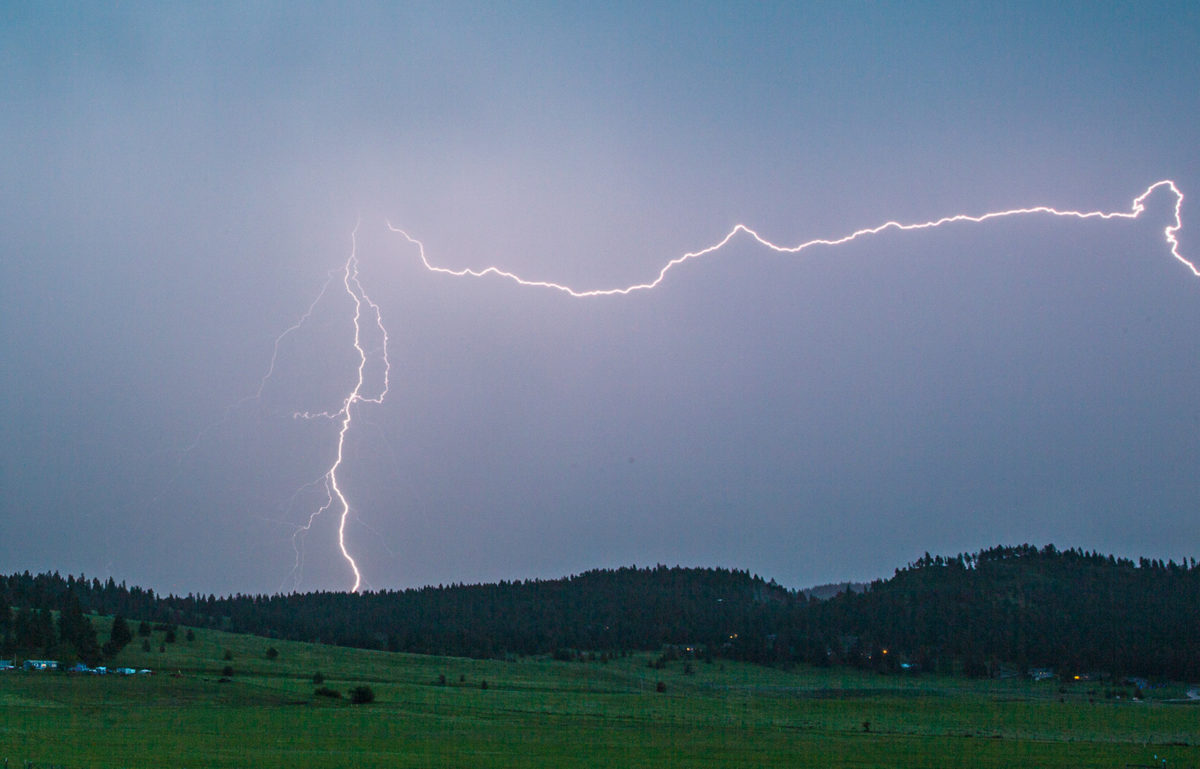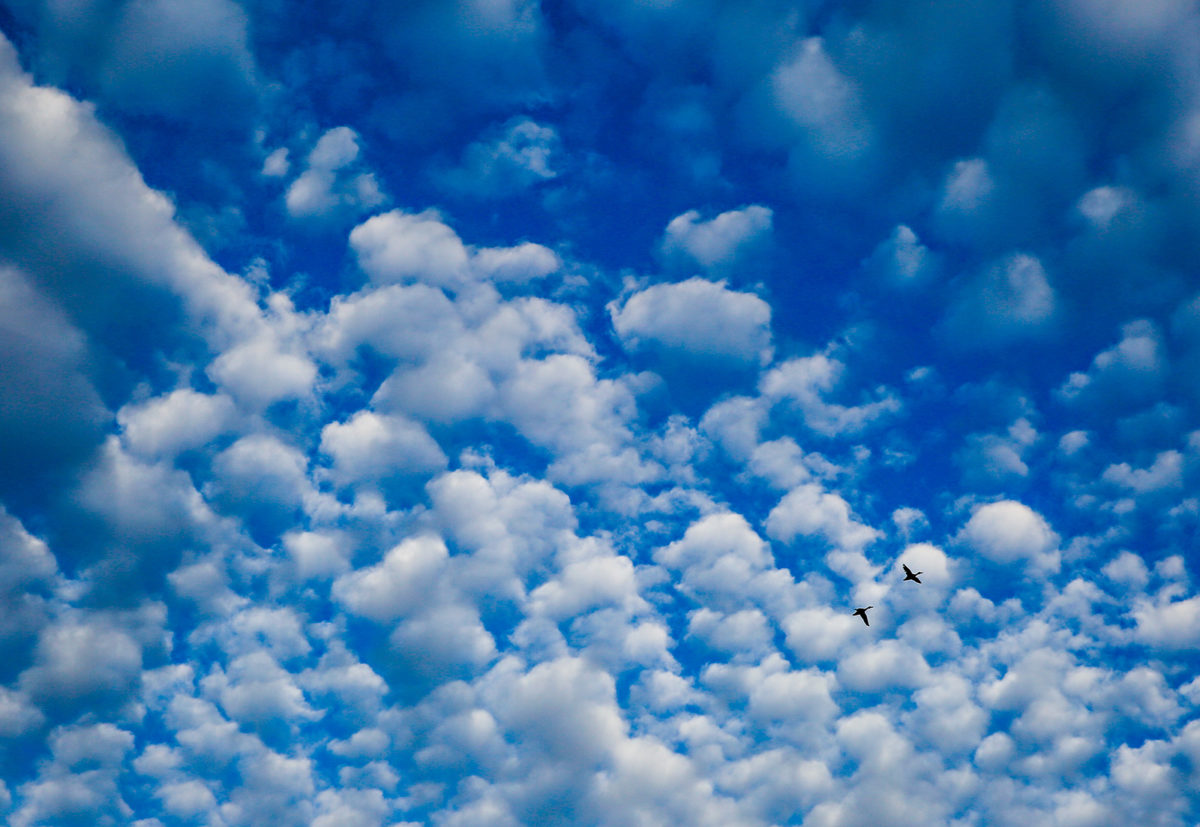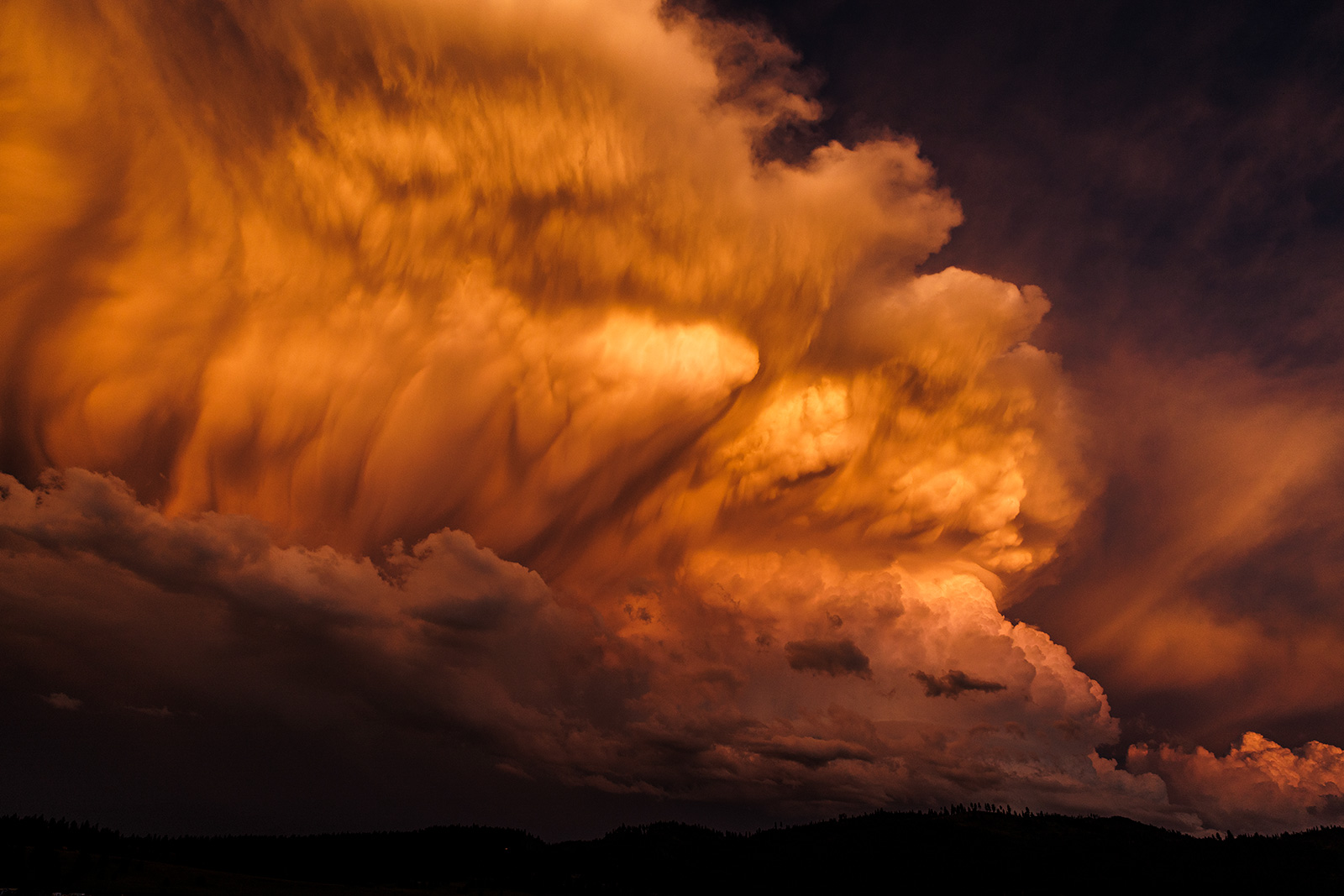One mountain ridge shy of Canada, the midnight sky blazes bright. Myriad meteors streak through the Milky Way above Upper Kintla Lake in the northernmost reaches of Glacier National Park. The only interruption to the intense beams of spacefaring photons is a fleet of bats silently snatching every mosquito in their erratic trajectories overhead. It’s a primordial, soul-stirring sight.
Yet a disheartening realization washes over me: Such a view is utterly alien and inaccessible to most humans, whose nights are now supplanted by the ceaseless glow of street lamps and headlights.
My fellow Montanans and I can count our lucky stars to live in a state replete with common space, totaling some 30 million acres of public lands and 170,000 miles of streams.
But our most expansive collective resource, by exponential degrees, is baked into the catchiest moniker for our state: Big Sky Country.
Of course, the awe of the space above us is not relegated to the night.
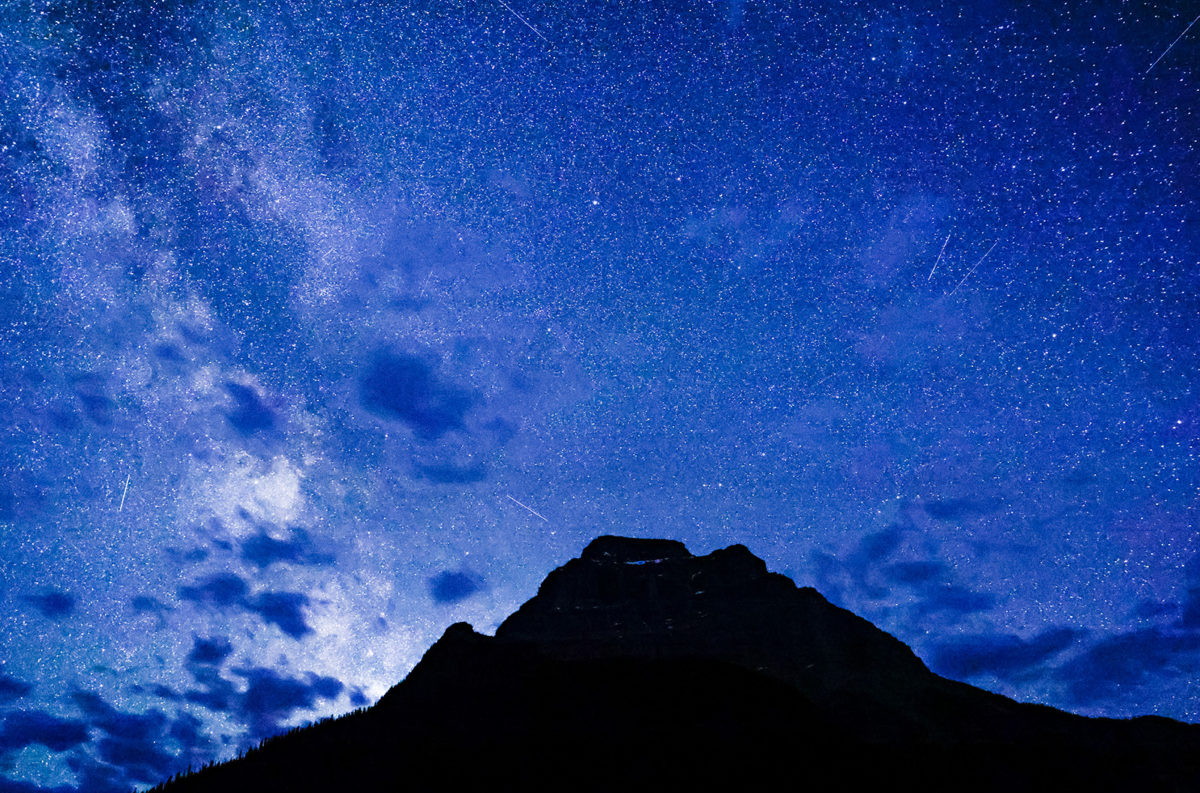
On a July evening, sunlight filtering through a hailstorm system produced mesmerizing 20,000-foot-high towers of pink, orange and cobalt blue water vapor over Kalispell. The hulking clouds drew my neighbors and I outside, cameras in hand to capture the show.
The clouds proved less enrapturing for residents within city limits, where an isolated pocket of falling golf ball-sized chunks of ice cracked car windshields and bludgeoned squirrels.

As powerful as a Montana deluge can be, the sky withholding precipitation often produces far more dire outcomes. Dry spells portend wildfire smoke, with its only redeeming facet being the spellbinding ways in which smoke bends and scatters light, shifting the atmospheric color wheel to generate extra-dramatic sunrises and sunsets.
In keeping with the typical course of a Montana summer, by August the delightful blue expanses over the valley gave way to a pungent curtain of brown and amber once again as a blaze blackened the hills around the small lakeside communities of Elmo and Dayton. A fleet of aircraft attempted to balance the elements by scooping hundreds of thousands of gallons of water out of Flathead Lake onto the flames. Still, hundreds had to evacuated and several homes were lost.
Even when structures and property aren’t at immediate risk of engulfment, quality of life takes a dive when the smoke settles in, with both health and economic repercussions.
“Overall, we’re getting more smokey days in the year as a trend. People over time will have to be more aware of air quality and what that means for their health,” said Brandon McGuire, an atmospheric scientist at the Montana Department of Environmental Quality. “We pride ourselves in Montana on our long visual views, and that trip to Glacier might be affected by that.”
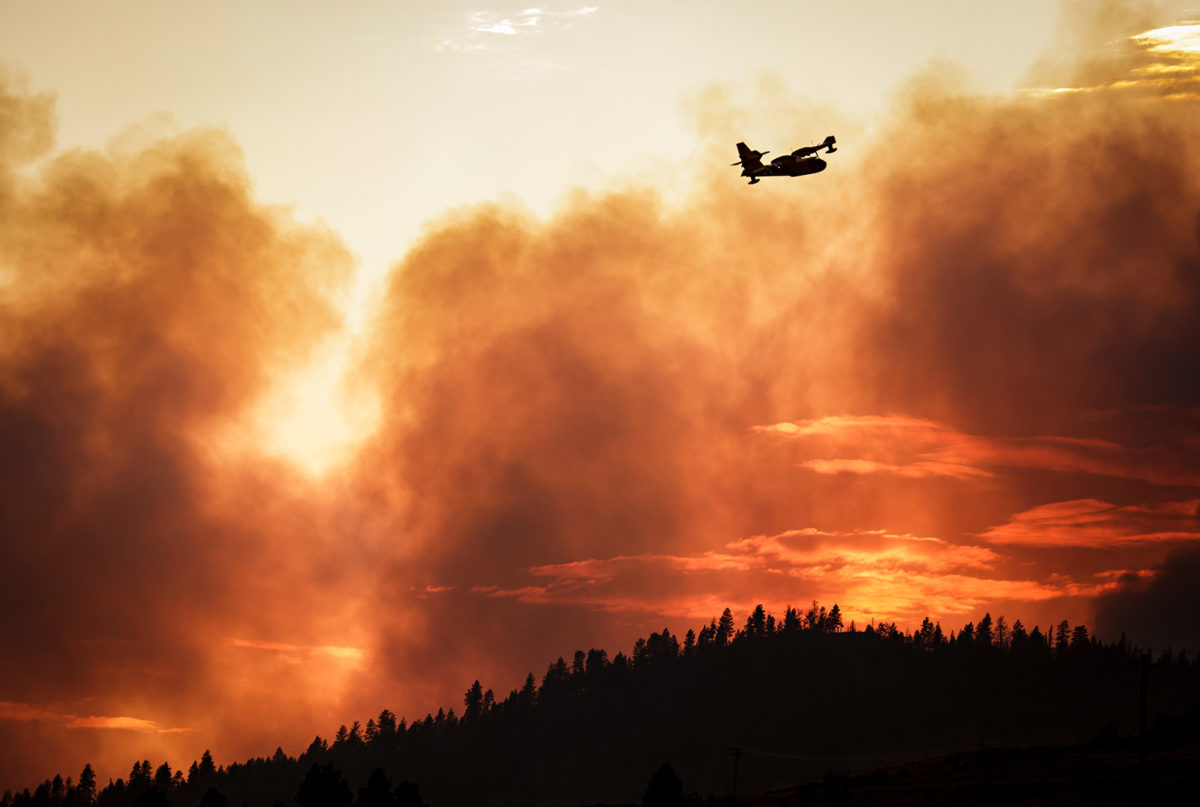
Yet, even if Montanans could manipulate the continental climate to stave off view-wrecking smoke, advancements in telecommunications technology continue to compromise the integrity of the sky. Thousands of bits of shiny man-made space debris encircle the Earth, catching sunlight and producing the appearance of stars perpetually out of sync with the arc of the natural constellations to the ground-bound human observer.
Add what’s already drifting around up there to plans to launch thousands of more satellites into orbit, and it all but guarantees coming generations will not experience an unadulterated night sky. The new satellites promise to deliver broadband internet to every human in every corner of the Earth. While that may prove a boon to rural regions like ours waiting on the fastest fiber cables to fully participate in today’s virtual economy, it will come at a cost.

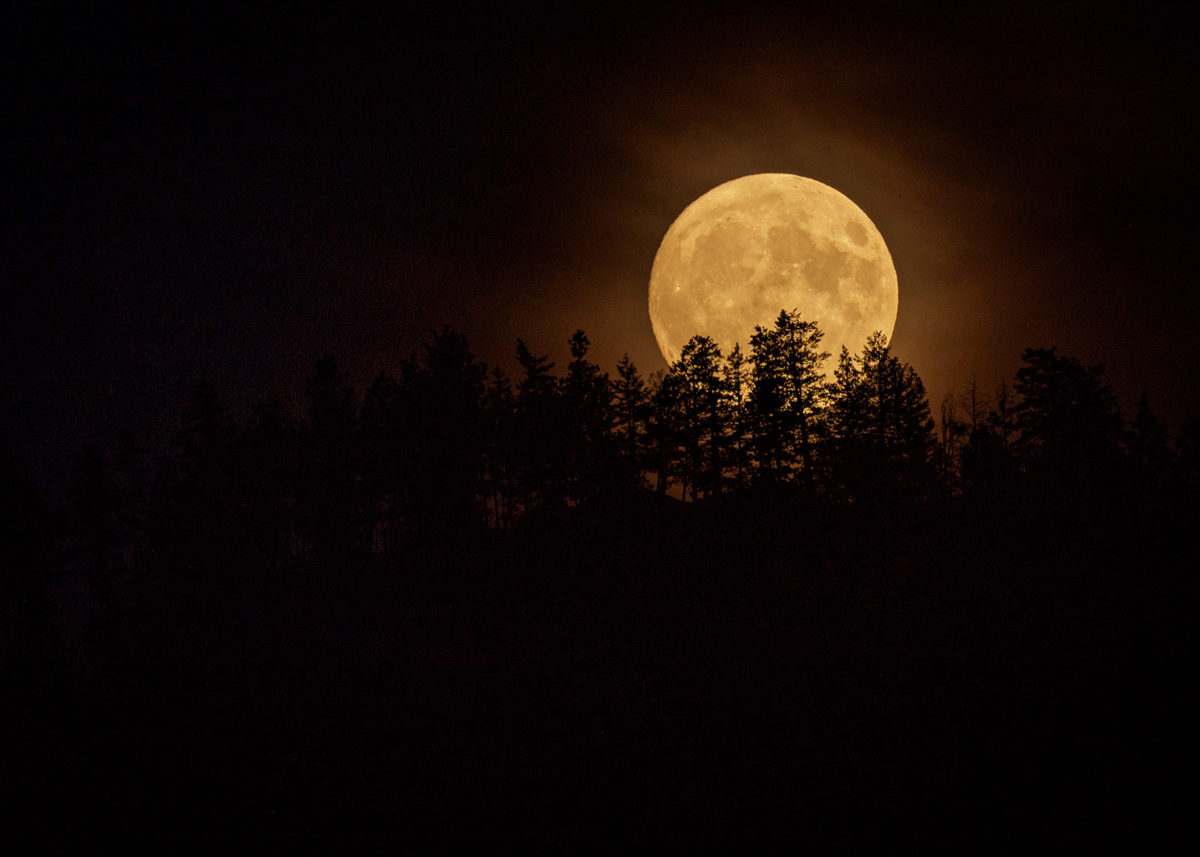
Mark Paulson, an astrophysicist and president of the Big Sky Astronomy Club, moved to Kalispell in the 1970s into a house about a block away from Legends Stadium. Back then, he could set up his telescope in his backyard and be rewarded with a splendid view of the Milky Way. These days, he said the light pollution in town has increased to the point that it’s “not worth” pulling out the telescope at home anymore.
“Everybody has a misconception that when we talk about night skies it’s just about looking up and seeing the stars,” Paulson said. “It’s so much more than that. The whole nocturnal animal and plant kingdom relies on dark skies. There is an economic value to dark skies. There’s so much to it. It’s hard to digest and put into words the value of night skies.”
Paulson considers himself a pragmatist and makes the case that with enough public education and a set of updated dark sky ordinances in the valley’s three major municipalities, Northwest Montana’s night sky could be restored to its former glory, at least in part.
He’s helped organize “Star Parties” on Glacier Park’s Logan Pass during the summers, which draw several hundred greenhorn stargazers from around the world who have never seen the Milky Way.
“They are absolutely gobsmacked. It pulls right at your heartstrings,” Paulson said. “You know what I always say: ‘Every once and awhile go outside and look up. It’s good for your mind and good for your soul.’”
